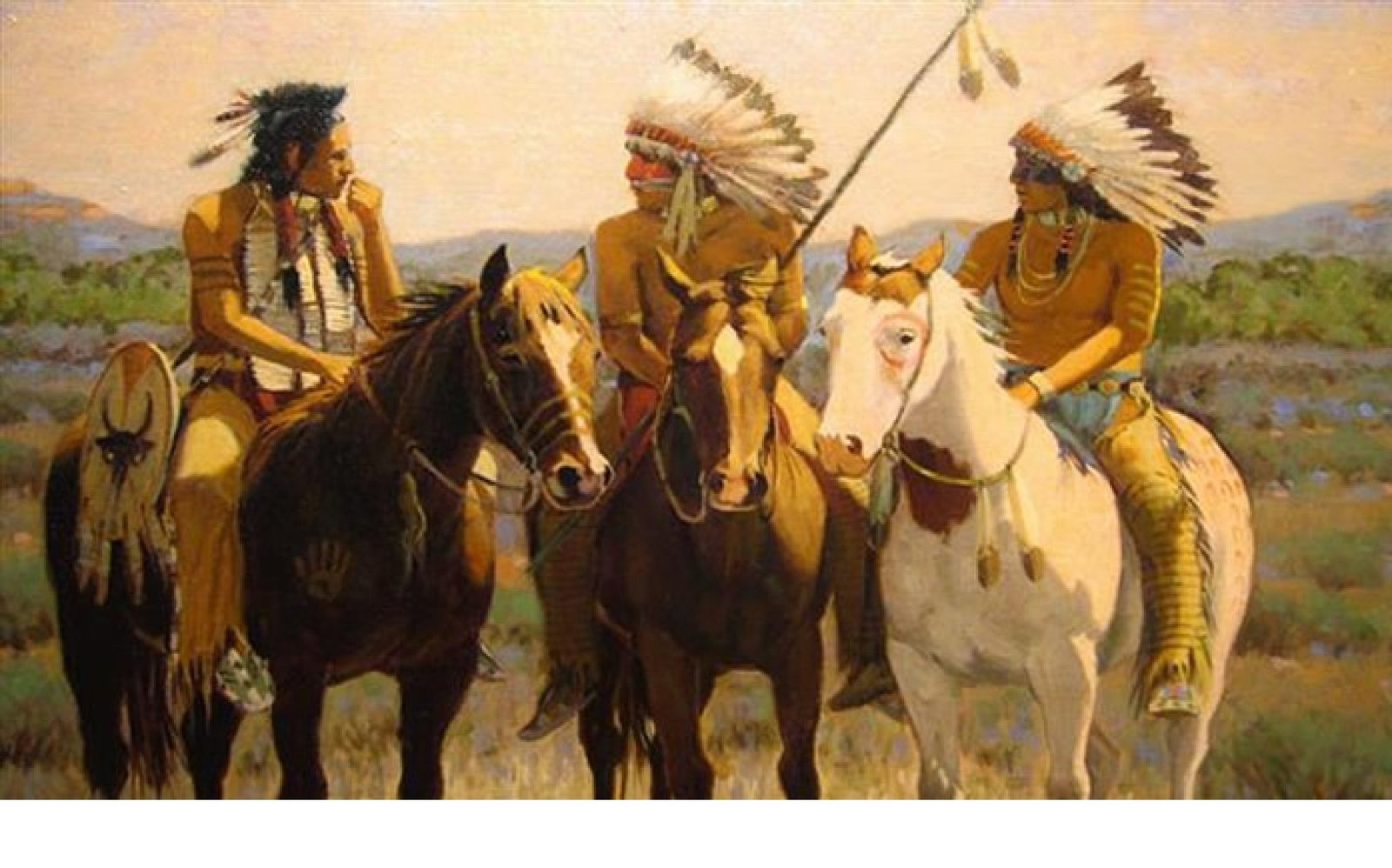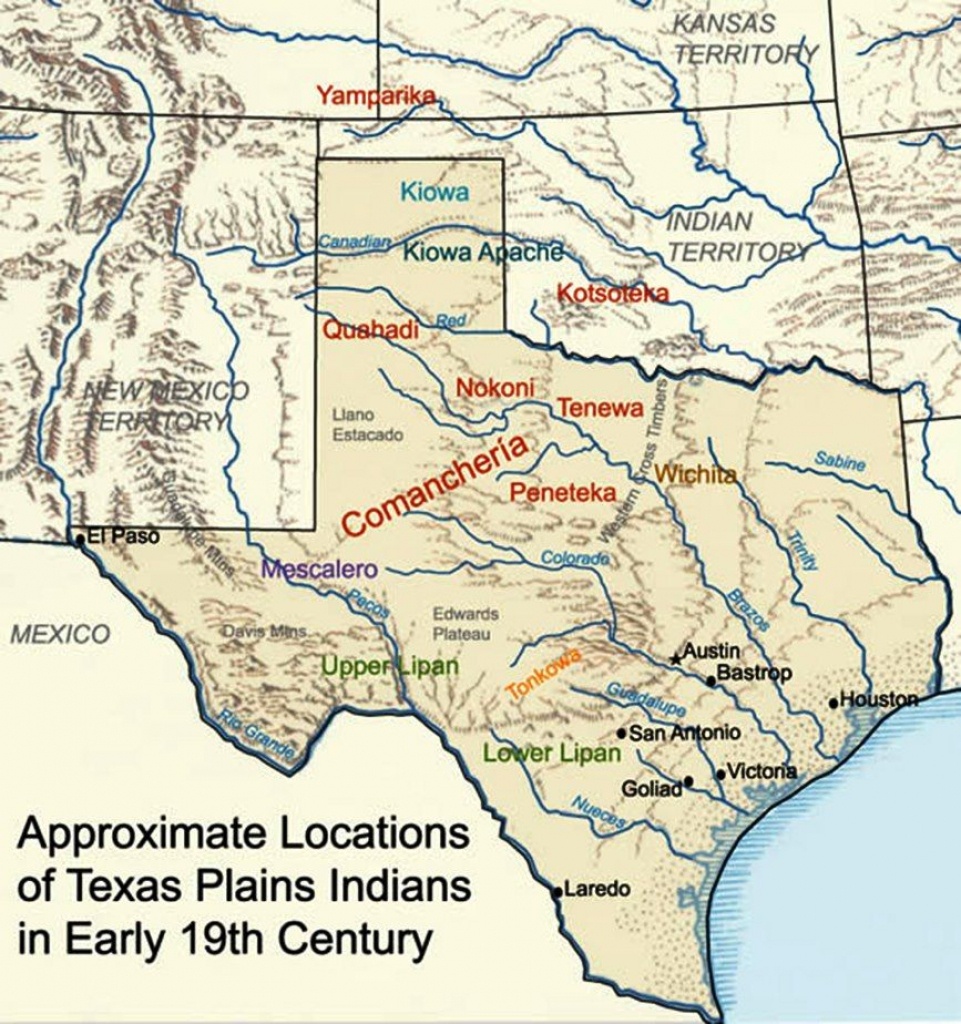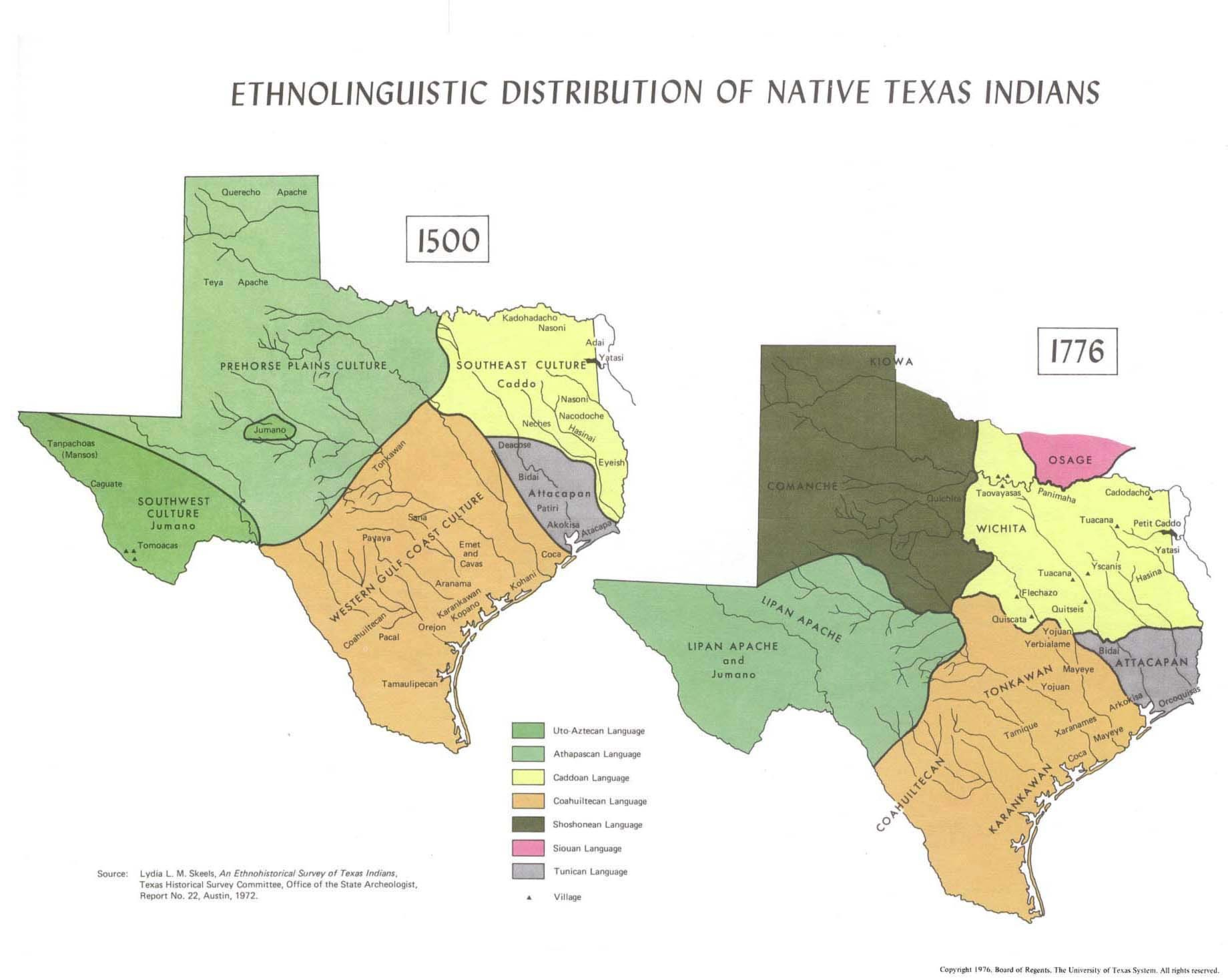Weaving a Tapestry of Texas Tribes: Unveiling Cultural Treasures
Weaving a Tapestry of Texas Tribes: Unveiling Cultural Treasures

Texas, a state known for its wide-open spaces, booming cities, and fiery spirit, has a history as rich and diverse as its landscape. But beyond the cowboys, oil rigs, and bustling metropolises lies a vibrant tapestry woven from the stories, traditions, and resilience of its indigenous peoples. For centuries, these tribes have called Texas home, their cultures shaping the very fabric of the Lone Star State.
This article delves into the captivating world of Texas tribes, exploring their unique identities, enduring traditions, and the ongoing fight to preserve their heritage. It’s a journey through time, a celebration of resilience, and a call to understand and appreciate the profound impact of these cultures on the state’s past, present, and future.
Related Articles: Weaving a Tapestry of Texas Tribes: Unveiling Cultural Treasures
- Uncover the Enchanting Indian Reservations of Show Low, Arizona: A Journey into Native American Heritage
- Unveil the Enchanting World of Tribal Reservations in Florida: Uncover Hidden Gems and Indigenous Wisdom
- Uncover the Hidden Gems: Exploring Indian Reservations in Tulsa, Oklahoma
- Unveiling the Native American Heritage: Discover the Number of Indian Reservations in South Dakota
- Unveiling the Hidden Gems of Native Indian Tribes in Virginia: Discover Their Enchanting Heritage
From the Plains to the Coast: A Diverse Landscape of Tribes
Texas, with its varied geography, has been a natural haven for a diverse array of tribes. From the rolling plains of the Panhandle to the humid coastal regions, each tribe has adapted to its environment, developing unique traditions and lifestyles.
1. The Comanches: Warriors of the Plains:
The Comanches, known for their fierce independence and equestrian prowess, dominated the central Texas plains for centuries. Their nomadic lifestyle, centered around buffalo hunting, instilled in them a strong sense of community and self-reliance. Their intricate beadwork, intricate clothing, and powerful war dances are testaments to their artistic spirit and unwavering resolve.
2. The Caddo: Masters of the Woodlands:
The Caddo, inhabiting the eastern woodlands of Texas, were renowned for their agricultural skills and sophisticated social structure. Their intricate pottery, woven baskets, and impressive earthworks stand as a testament to their artistic prowess and deep connection to their land. Their rich ceremonial traditions, steeped in mythology and spirituality, continue to inspire and inform their communities today.
3. The Apache: Guardians of the Mountains:
The Apache, known for their adaptability and strategic warfare, thrived in the rugged mountains of West Texas. Their unique language, distinct cultural practices, and deep connection to the natural world have allowed them to endure despite centuries of hardship. Their stories of resistance and resilience continue to inspire generations of Apache people.

4. The Karankawa: Navigators of the Coast:
The Karankawa, who lived along the Texas coast, were skilled fishermen and navigators. Their nomadic lifestyle, dependent on the bounty of the sea, fostered a unique culture that revered the power of the ocean. Their intricate shell ornaments, distinctive language, and rich oral traditions have left an indelible mark on the history of coastal Texas.
5. The Tonkawa: The People of the River:
The Tonkawa, who inhabited the central Texas plains, were known for their adaptability and resilience. Their unique language, distinct cultural practices, and deep connection to the natural world have allowed them to endure despite centuries of hardship. Their stories of resistance and resilience continue to inspire generations of Tonkawa people.
Beyond the Stereotypes: A Rich Tapestry of Traditions

Often, our understanding of Native American cultures is limited to stereotypes and generalizations. However, the truth is far more nuanced and complex. Each tribe in Texas has its own unique language, traditions, and stories, contributing to the vibrant tapestry of Texas history.
1. The Power of Storytelling:
Storytelling is a cornerstone of many Texas tribal cultures. Oral traditions, passed down through generations, preserve history, teach valuable lessons, and connect people to their ancestors. These stories are not just entertainment; they are the lifeblood of their communities, shaping their worldview and guiding their actions.
2. The Sacred Dance:
Dance plays a vital role in many tribal cultures, serving as a form of prayer, celebration, and social expression. From the intricate steps of the Comanche war dance to the rhythmic movements of the Caddo ceremonial dances, these performances are a powerful testament to their cultural heritage.

3. The Art of Creation:
Texas tribes are renowned for their artistic skills, crafting intricate beadwork, pottery, basketry, and other forms of art. These creations are not just beautiful objects; they are imbued with meaning and symbolism, reflecting their worldview and connection to the natural world.
4. The Importance of Language:
Language is a powerful tool for preserving cultural identity. Each tribe in Texas has its own unique language, a treasure trove of knowledge and history. Sadly, many indigenous languages are in danger of disappearing, making it even more crucial to preserve and revitalize them.
5. The Strength of Community:
Texas tribes have always valued community and kinship. Their social structures, based on shared values and responsibilities, have allowed them to endure through hardship and maintain their cultural identity.
The Legacy of Resilience: A Fight for Survival
The history of Texas tribes is not just a story of rich culture and tradition; it’s also a story of resilience and survival. For centuries, they have faced displacement, discrimination, and assimilation attempts, yet they have persevered, adapting and evolving while fighting to preserve their heritage.
1. The Impact of Colonization:
The arrival of European settlers brought significant changes to the lives of Texas tribes. Displacement from their ancestral lands, forced assimilation, and the spread of disease took a heavy toll. Yet, many tribes have fought back, resisting encroachment and preserving their traditions.
2. The Struggle for Recognition:
Many Texas tribes continue to fight for federal recognition, a crucial step in gaining access to resources and protection. Recognition acknowledges their sovereignty and allows them to govern their own affairs, preserving their cultural identity and self-determination.
3. The Importance of Education:
Education plays a vital role in preserving indigenous cultures. By teaching future generations about their history, language, and traditions, we can ensure that their heritage continues to thrive.
4. The Power of Collaboration:
Collaboration between tribal communities, museums, and other institutions is crucial to preserving and sharing indigenous cultures. By working together, we can create a more inclusive and equitable future for all.
5. The Importance of Respect:
Respecting the rights and traditions of Texas tribes is paramount. We must learn from their history, celebrate their achievements, and support their efforts to preserve their heritage.
A Call to Action: Engaging with the Tapestry
Discovering the vibrant tapestry of Texas tribes is not just about learning about the past; it’s about understanding the present and shaping the future. We can all play a role in supporting their efforts to preserve their heritage and build a more inclusive and equitable society.
1. Visit Tribal Museums and Cultural Centers:
Immerse yourself in the rich history and culture of Texas tribes by visiting tribal museums and cultural centers. These institutions offer a glimpse into their traditions, art, and stories, providing a deeper understanding of their heritage.
2. Support Indigenous Businesses and Artists:
Show your support for Texas tribes by purchasing goods from indigenous businesses and artists. By patronizing their work, you contribute to their economic well-being and help preserve their cultural traditions.
3. Learn about Tribal History and Issues:
Educate yourself about the history, struggles, and achievements of Texas tribes. Stay informed about current issues affecting indigenous communities and advocate for their rights and well-being.
4. Engage in Dialogue and Understanding:
Engage in respectful dialogue with members of Texas tribes and learn from their experiences. By listening to their stories and perspectives, we can build bridges of understanding and create a more inclusive society.
5. Celebrate Indigenous Cultures:
Celebrate the rich cultural traditions of Texas tribes by attending powwows, festivals, and other events. By participating in these celebrations, we show our appreciation for their heritage and contribute to the preservation of their vibrant cultures.
FAQ: Unveiling the Treasures of Texas Tribes
Q: What is the significance of the Texas tribes’ history and culture?
A: The history and culture of Texas tribes are profoundly significant because they represent the enduring spirit of resilience, adaptation, and connection to the land. Their traditions, stories, and art contribute to the rich tapestry of Texas history and provide valuable insights into the state’s diverse heritage.
Q: What are some of the challenges faced by Texas tribes today?
A: Texas tribes continue to face challenges such as poverty, lack of access to healthcare, and the threat of cultural assimilation. They are also fighting for federal recognition, which would grant them greater self-determination and access to resources.
Q: How can I support Texas tribes and their efforts to preserve their heritage?
A: You can support Texas tribes by visiting tribal museums and cultural centers, purchasing goods from indigenous businesses and artists, learning about their history and issues, engaging in respectful dialogue, and celebrating their cultural traditions.
Q: What is the future of Texas tribes?
A: The future of Texas tribes depends on their ability to preserve their heritage, gain recognition, and secure access to resources. With continued support and understanding from the broader community, they have the potential to thrive and contribute to a more inclusive and equitable future for all.
Conclusion: A Tapestry Woven with Resilience and Hope
The vibrant tapestry of Texas tribes is a testament to their resilience, creativity, and enduring spirit. Their stories, traditions, and art offer a glimpse into the rich history and diverse cultures that have shaped the Lone Star State. By understanding and appreciating their contributions, we can foster a more inclusive and equitable future for all Texans. Let us celebrate the vibrant tapestry of Texas tribes and honor their legacy of resilience and hope.

Closure
Thus, we hope this article has provided valuable insights into Weaving a Tapestry of Texas Tribes: Unveiling Cultural Treasures. We appreciate your attention to our article. See you in our next article!

